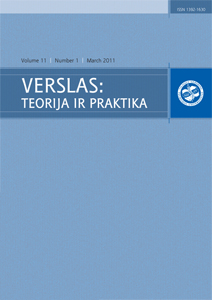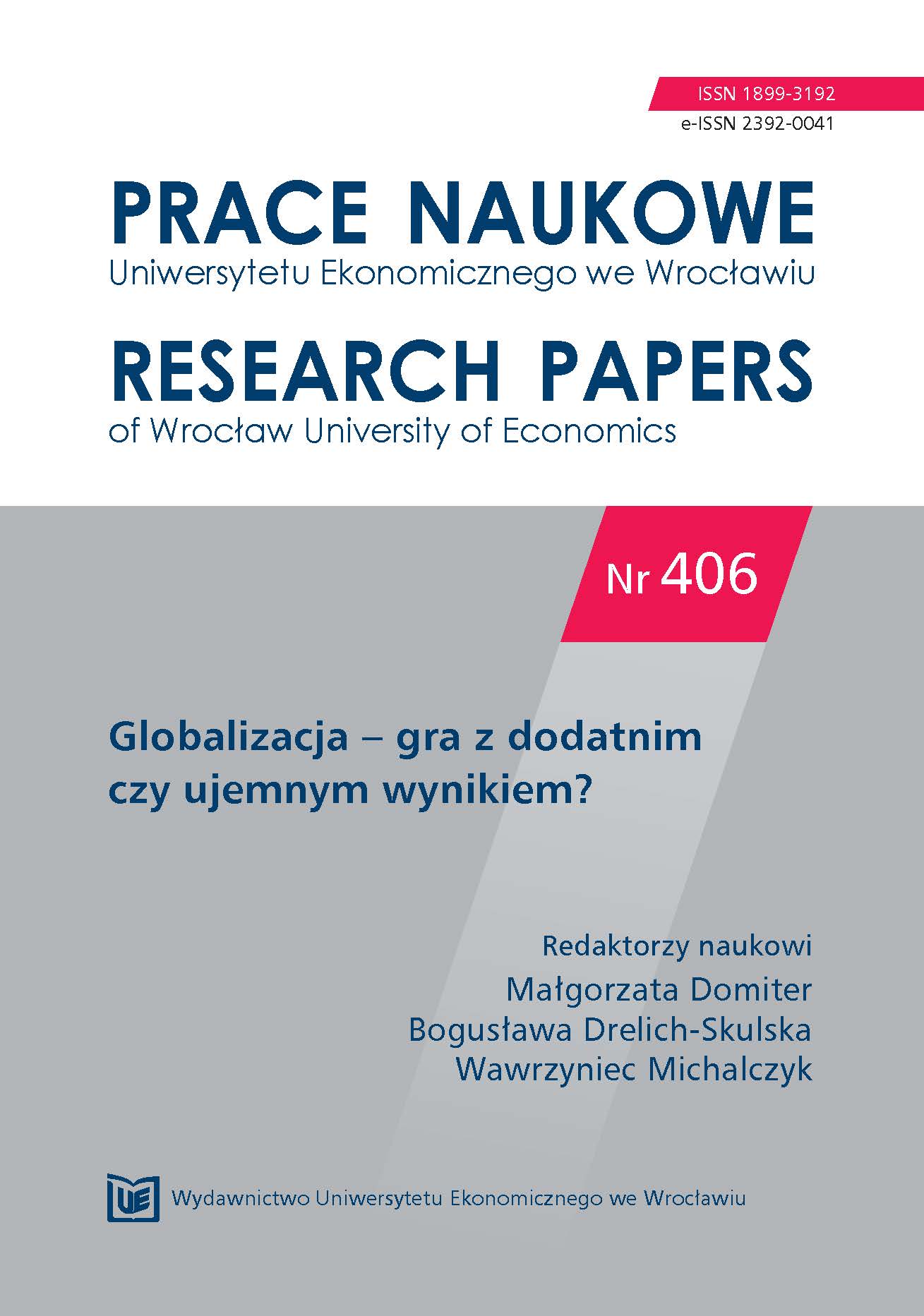MANAGER’S ROLE IN RAISING THE LEVEL OF JOB SATISFACTION
Organizations, as a complex systems, in the structure of their subsystems have the human or social subsystem. It is a subsystem that has a significant influence on the functioning of the organization and its competitiveness. The quality of the social organizational subsystem is determined by the quality of the different variables that the subsystem includes. Job satisfaction is one of these variables. It is a variable that can have an adequate impact on the effectiveness and efficiency of the organization, as well as on its performance. The aim of the authors of this paper is to point out the nature, the significance, causes and consequences of job satisfaction, as well as the role of managers in raising the level of these organizational variables.
More...


